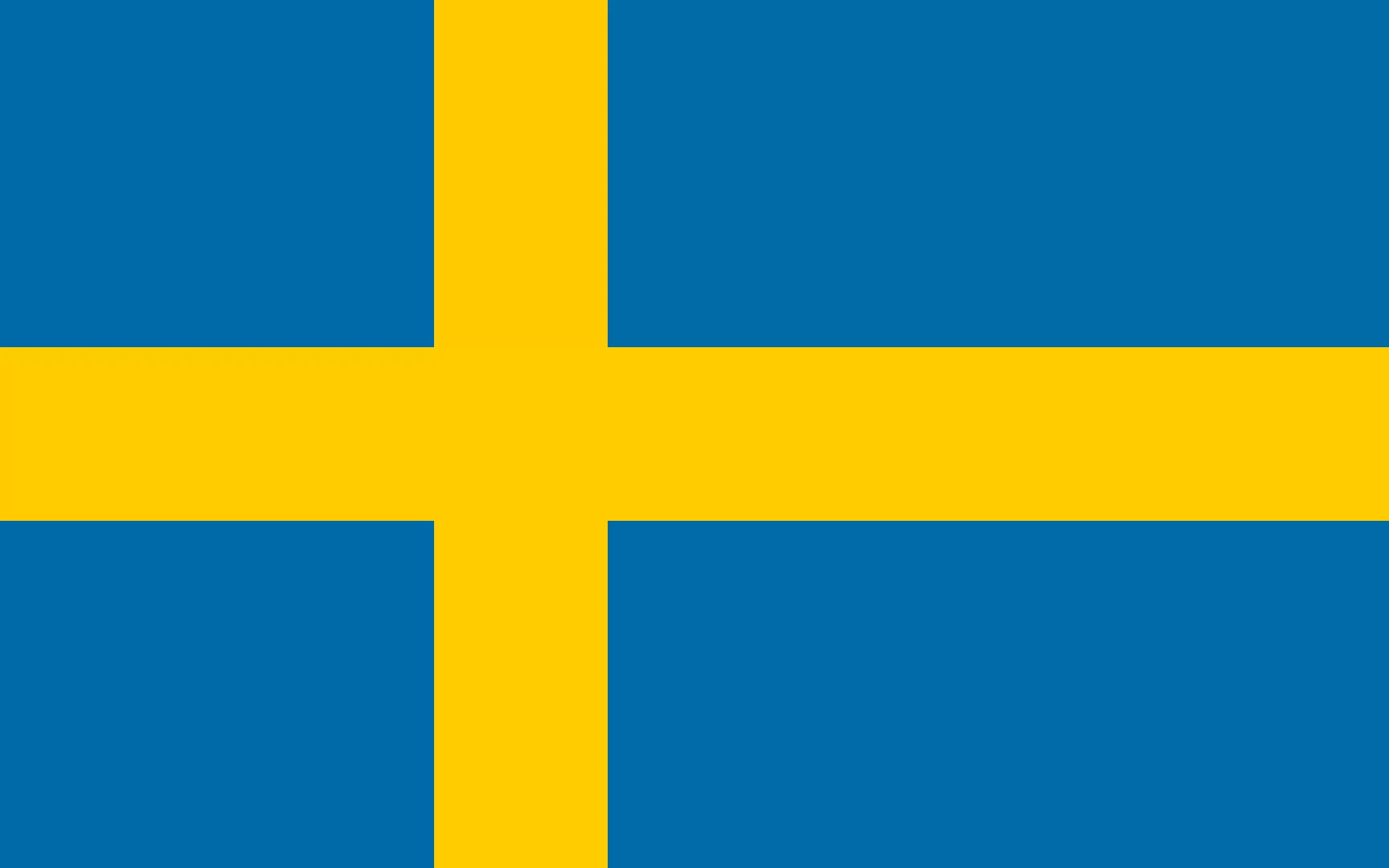Sweden

Introduction
Sweden, officially the Kingdom of Sweden (Konungariket Sverige), is the largest and most populous nation on the Scandinavian peninsula, located in northern Europe between the Baltic Sea, Norway and Finland. The capital, Stockholm, sits on a picturesque archipelago overlooking the Baltic Sea and is the administrative, economic and cultural nerve centre of the country. The country covers 450,295 km², encompassing vast boreal forests, thousands of glacial lakes and an intricate coastline; the highest point is Kebnekaise (2,103 m), while the lowest elevation is at sea level. As of 2013, the population reached 9,596,436, distributed mainly in the central-southern belt, where the favourable climate has favoured urban development. However, the population density remains among the lowest in Europe. Sweden is administratively divided into 21 counties and 290 municipalities.
Description
The territory reflects a remarkable variety of landscapes: the north is dominated by the forests and expanses of Norrland, characterised by deep valleys, spectacular rivers and high plateaus, while the central regions of Svealand are dominated by large plains full of lakes, such as the Vänern and Vättern. The more populated south offers alternating forests, fertile cultivated land and flat coastlines. Peculiar is the marked seasonality of the climate, which in the Arctic regions translates into the phenomenon of the midnight sun: in summer, in the northernmost areas, the sun remains visible for weeks without setting, while in winter the hours of daylight are drastically reduced.
Historically, Sweden has roots dating back to the Viking era. In the Middle Ages, it was under Danish and Norwegian influence, until Gustavus Vasa became an independent king in 1523: thus was born the modern Swedish state, which was a great power in the Baltic context between the 16th and 18th centuries. The decline in the 19th century led to a gradual withdrawal from the neighbouring territories and a policy of neutrality, maintained even in the world wars.
The Swedish cultural fabric is marked by a strong connection with nature, an element that is reflected in traditions, festivals and social practices. Celebrations such as St Lucia's Day and Midsommar, the summer solstice, represent occasions of collective participation rooted in the popular calendar. Seasonal gastronomic rituals are also strongly felt: the day of the cinnamon girella or semla sweets, as well as regional peculiarities such as the traditional tables at the Östermalms Saluhall market in Stockholm. There is no shortage of museums of international importance, including the Vasa Museum where a 17th century vessel is preserved, or monuments such as the Royal Palace in Gripsholm.
Sweden offers protected nature through national parks and recognised reserves, with internationally renowned hiking trails, many of which are also suitable for winter activities such as cross-country skiing and snowshoeing. Favourite destinations for hikers include Swedish Lapland, famous for its unspoilt landscapes and the Northern Lights phenomenon, and hiking trails through the central lakes and forests of the south.
In addition to the midnight sun phenomenon, Sweden is known for building the world's first ice hotel and for transparency in public areas such as tax returns. The arts, from literature to architecture, are traditionally enhanced by public policies geared towards inclusion and environmental sustainability.
Information
Capital: Stockholm
Area: 450,295 sq. km
Minimum elevation: 0m
Maximum elevation: Kebnekaise (2103m)
Number of inhabitants: 9,596,436 (as of 30.06.13)
Official name:Kingdom of Sweden - Konungariket Sverige
Inhabitant name: Swedes
Countries: 21
Municipalities: 290
Border countries: Norway, Finland